
Theater was introduced in Colombia during the Spanish colonization in 1550 through zarzuela companies. Colombian theater is supported by the Ministry of Culture and a number of private and state-owned organizations. Among the most important organizations are the National Association of Scenic Directors (ANDE), Performing Arts Workers Associations, Antioquia Storytellers Association, Colombian Association of Critique and Theater Research (ACIT), Puppeteers Associations (ATICO), and the Colombian Corporation of Theater, among others.

The Museo Casa de Moneda is a numismatics museum located in La Candelaria neighborhood of Bogotá, Colombia. It is managed by the Bank of the Republic of Colombia and used to display its numismatic collection that is composed by around 18,600 objects that include artwork, banknotes, bonds, coins, derivatives, medals, negotiable instruments, and printing instruments from various periods and regions of the world.
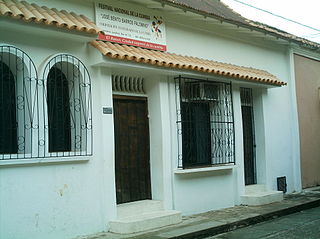
José Benito Barros or simply José Barros was a prominent Colombian musician, and composer of more than 800 songs in genres including cumbia, porro, merengue, currulao, paseo, bolero and tango.

Carlos Eugenio Restrepo Restrepo was a Colombian lawyer, writer, and statesman, who was elected President of Colombia in 1910. During his administration he worked towards making political reconciliation among the Conservative and Liberals. He appointed members of the Liberal Party to his Cabinet, and to the dismay of some of his own party, adopted a neutral stand on all issues. He later served as Minister of Government and Ambassador to the Vatican City State.

José María Campo Serrano was a Colombian lawyer, general, and statesman, who became President of Colombia after the resignation of the President and the dismissal of the Vice President. He sanctioned the Constitution of 1886 that created the Republic of Colombia proceeding the United States of Colombia. A Samarian Costeño, he became president of the Sovereign State of Magdalena, and Antioquia, Governor of Panama, and held various Ministries during his career as a politician.
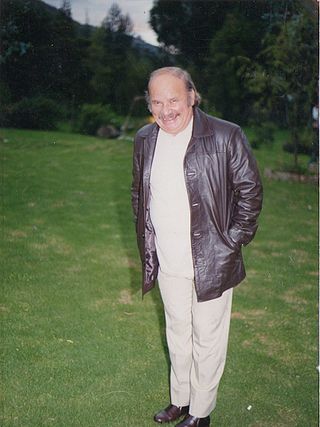
Hernando Casanova Escobar known as El Culebro Casanova, was a Colombian actor, director, singer, and television presenter. He is considered one of the pioneers of comedy and one of the most important actors in the history of Colombia. His versatility as an actor led him to become not only an icon of humor but also of drama. He was regarded as the best actor in Colombia during the peak of his career. Throughout his career, he received multiple awards and recognitions for his artistic achievements, including his nomination as a revelation actor at the Ondra Awards in Spain and the award for best dramatic actor at the APE Awards.
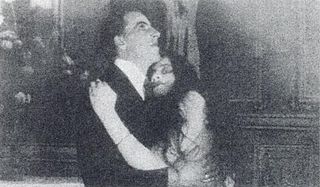
La tragedia del silencio is a Colombian silent melodrama film directed by Arturo Acevedo Vallarino and first screened on 18 July 1924 at the Faenza theatre in Bogotá. Filmed in black and white, it tells the story of a man suffering from leprosy. It was the first Colombian film during the silent film era with a film score, which was performed during the projection and was written by Alberto Urdaneta Forero.
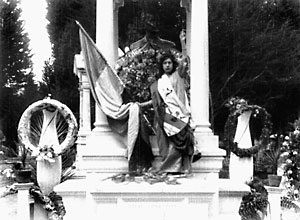
El drama del 15 de octubre is a lost Colombian silent film directed by the Di Domenico brothers. Considered the first feature documentary film produced in Colombia, it depicts events surrounding the assassination of General Rafael Uribe Uribe on 15 October 1914, including a reconstruction of the killing itself. It was first screened to the public on 21 November 1915 at Salón Olympia in Bogotá.
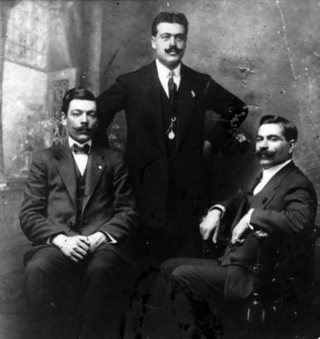
Francesco Di Domenico (1880–1966) and Vincenzo Di Domenico (1882–1955), known together as the Di Domenico brothers, were Italian film directors who played an important role in Colombian cinema.
Darío Armando García Granados, better known as Dago García, is a screenwriter, film producer, director, editor and social communicator. He works currently as production vice-president of Colombian private television network Canal Caracol. He is one of Colombia's most well-known screenwriters.

Gabriela Samper was a Colombian teacher, puppet theater creator and documentary filmmaker. The first woman to participate in documentary filmmaking, she is remembered for her ethnographic short films which explored the diversity of Colombian culture. Winning numerous awards, her work is part of the collection of the Latin American Film Archive at the MOMA in Manhattan.
Karen Lamassonne is a Colombian American artist. Throughout her career Lamassonne has explored a plethora of disciplines such as film, printmaking, painting, graphic design, video art, and music. Lamassonne’s work is notable for reflecting this combination of several different studies, most noticeably that of her paintings having a very cinematic vision behind them. Noteworthy works of Lamassonne’s all contain this sense of multifaceted technical skills put into them. A majority of Lamassonne's work contains motifs of sensuality from a woman's perspective, specifically she includes sexuality from her own perspectives and experiences. Moreover, her signature combination of feminine-led sexuality and a frank expression of true life have led to both Lamassonne and her work being the subject of criticism via censorship.
Colombia magia salvaje is a Colombian documentary film released in 2015, directed by Mike Slee and produced for Éxito Group, by the Ecoplanet Foundation and the British firm Off The Fence. The film is a sample of the biodiversity of Colombia, recorded in 85 different locations to achieve the portrait of 20 ecosystems.

Javier Nicolás Casanova Sampayo is a Colombian filmmaker. He has been member of the Colombian Academy of Cinematography Arts and Sciences since 2020.
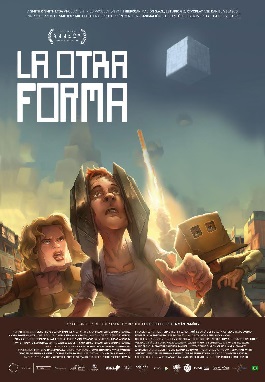
The Other Shape is a 2022 Colombian-Brazilian adult animated science fiction film written and directed by Diego Felipe Guzmán in his directorial debut. It won the award for best animated feature film at the Sitges Film Festival in 2022, and the same year received a nomination for the Contrachamp award at the Annecy International Animation Film Festival and the award for best feature film at the Chilemonos International Animation Festival. According to the newspaper El Colombiano, the film "used the frame-by-frame technique with more than 60,480 drawings or frames to achieve [its] story". It was commercially released on March 30, 2023 in Colombian theaters.
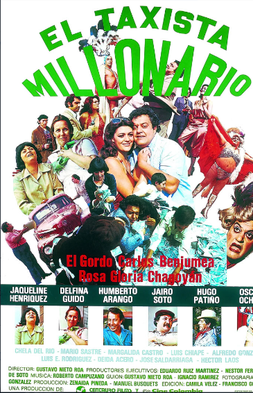
The Millionaire Tax Driver is a Colombian comedy film released in December 1979 directed by Gustavo Nieto Roa and starring Carlos "El Gordo" Benjumea and Rosa Gloria Chagoyán.

A Male is a 2022 drama film written and directed by Fabián Hernández Alvarado in his directorial debut. Starring Felipe Ramírez Espitia. It is about a teenager who will have to face the ferocity of his neighborhood where the codes of masculinity and the law of the strongest is mandatory to survive. It is a co-production between Colombia, Germany, France and the Netherlands.
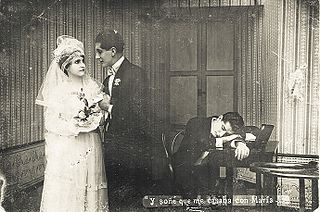
María is a 1922 Colombian silent film in black and white, directed by Máximo Calvo Olmedo and Alfredo del Diestro.




















